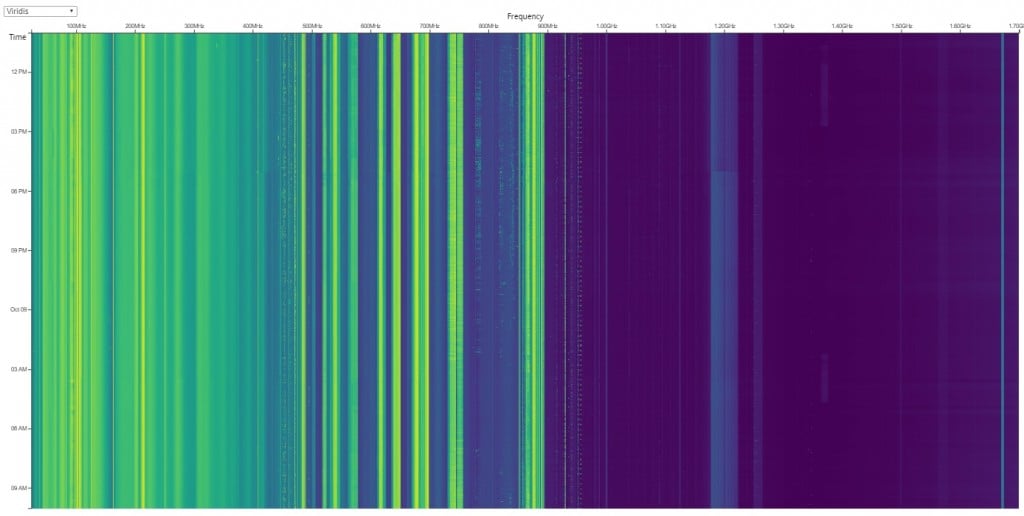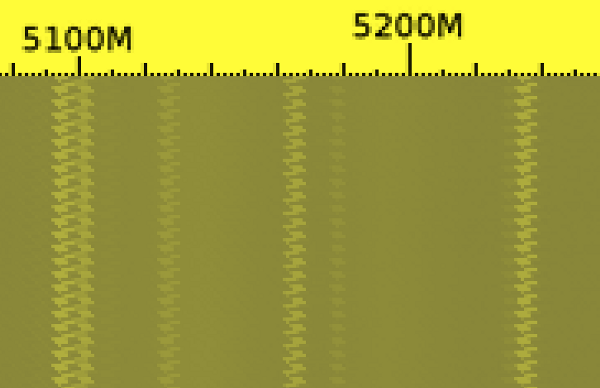A Video Introduction to Broadband Surveillance with RTL_POWER
Over on YouTube "Mount Lethe Hellfire" has recently uploaded a video showing a deep dive into the rtl_power tool. rtl_power enables users to generate wide-spectrum displays by rapidly sweeping the RTL-SDR’s center frequency across the desired frequency range.
In this video I do a deep-dive into the command line tool, rtl_power, which is a purpose built headless RF broadband spectrum scanner. I dive into the command line, its use cases as it pertains to SIGINT (COMINT, ELINT), and finally do a live demo. Additionally, I provide some other ways to access your DragonOS running on Raspberry Pi with VSCode as well as troubleshooting issues with USB claims on Linux.
In a second video, Mount Lethe Hellfire continues this topic and goes on to show how rtl_power can be combined with visualization and scripting for powerful RF spectrum analysis.
In this video I walk you through how to use a Python script (running on DragonOS, or otherwise) that will process rtl_power SSV outputs, normalize the data points, and assist you in visualization as well as local analysis using Structure Query Language (SQL) with DuckDB. The SQL analysis is to pull out the Top 10 frequencies sorted by dBm, nothing too crazy but enough to inform you on further ELINT and COMINT collection, processing, exploitation, and analysis efforts.





